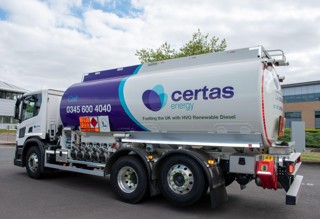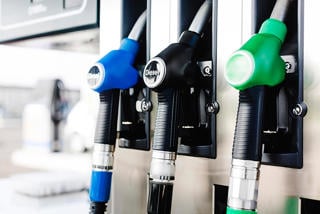Reducing a fleet’s fuel bill by up to 20% seems like an impossible dream, yet that is what the Energy Saving Trust (EST) calculates can be achieved via a ‘green’ audit.
The simplest way, according to the EST, to reduce transport costs and emissions is to cut mileage.
Spin-off benefits in addition to fuel bill savings, which typically account for 25% of a vehicle’s wholelife costs, include putting the brake on vehicle depreciation, maintenance and crash-related costs with fewer miles being clocked up.
In addition to direct cost savings and employee productivity improvements from spending fewer hours on the road and perhaps utilising video- or tele-conferencing, other benefits from cutting mileage include: an improved corporate social responsibility image by cutting carbon emissions, improved risk management, reduced pressure on company car parking spaces – particularly important with other authorities looking at following Nottingham City Council’s lead and introducing work-place parking charges – and reduced driver stress.
So, why is it that so many organisations believe that going green will actually cost them money?
Research by leasing and fleet management company Alphabet reveals that more than 50% of fleet operators say that cost is the single biggest obstacle to going green.
Yet, all the evidence shows that increased sustainability goes hand-in-hand with financial savings.
Paul Hollick, Alphabet sales and marketing director, says: “The apparent contradiction that cost is holding back fleets from achieving their green targets might be related to the time it takes for green fleet initiatives to deliver their desired result versus the cost of accelerating the pace of change.”
But there is a strong correlation between vehicle CO2 emissions and costs.
Emissions are directly proportional to the volume of fuel burned, while the company car benefit-in-kind tax regime with its progressively increased rates for higher emitting cars and employers’ Class 1A National Insurance contributions paid on the benefit, as well as Vehicle Excise Duty, magnifies CO2’s effect on running costs.
Alphabet says organisations can achieve significant cost reductions by setting a CO2 limit on their choice list and by encouraging drivers to use their vehicles more efficiently.
It calculates its customers have saved around £6 million in fuel costs alone over the past five years, mainly due to switching to low CO2 emission company cars.
Industry evidence suggests that many employers have little idea of their exact carbon footprint or a comprehensive record of real-world fuel use or the number of miles driven.
EST calculates that its free Fleet Health Check will identify typical emission and fuel cost savings of 10-20% over three years based on vehicle choice and usage.

















Login to comment
Comments
No comments have been made yet.